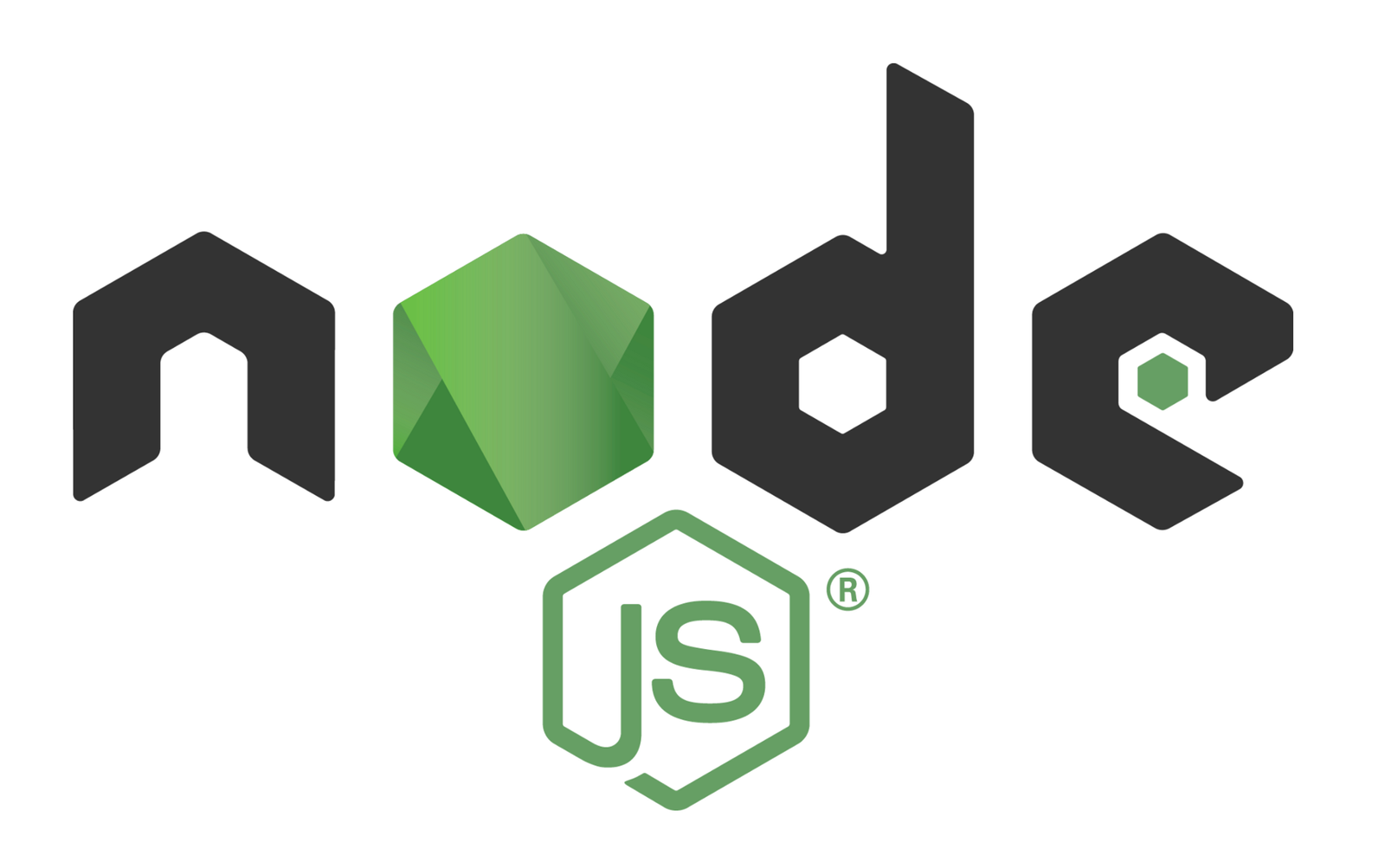Sometimes you need to react immediately to changes in your database. Perhaps you want to place an order with a distributor whenever an item’s inventory drops below a given threshold. Or perhaps you want to send an email notification whenever the status of an order changes. Regardless of your particular use case, whenever you want to react immediately to changes in your MongoDB database, change streams and triggers are fantastic options.
If you’re just joining us in this Quick Start with MongoDB and Node.js series, welcome! We began by walking through how to connect to MongoDB and perform each of the CRUD (create, read, update, and delete) Operations. Then we jumped into more advanced topics like the aggregation framework and transactions. The code we write today will use the same structure as the code we built in the first post in the series, so, if you have any questions about how to get started or how the code is structured, head back to that post.
And, with that, let’s dive into change streams and triggers! Here is a summary of what we’ll cover today:
- What are Change Streams?
- Set Up
- Create a Change Stream
- Resume a Change Stream
- What are MongoDB Atlas Triggers?
- Create a MongoDB Atlas Trigger
- Wrapping Up
- Additional Resources
- Series Versions
- All posts in the Quick Start: Node.js and MongoDB series
#node.js #programming
